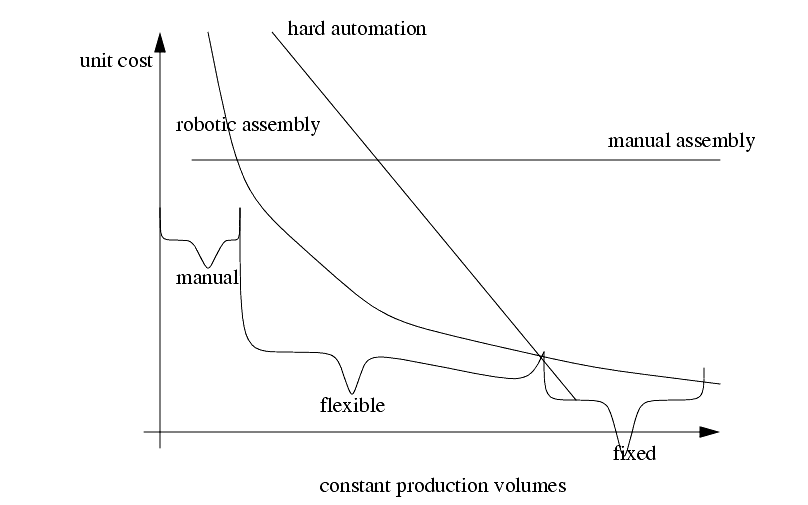
|
|
|
1.1 INTRODUCTION
������������An integrated system requires that there be two or more computers connected to pass information. A simple example is a robot controller and a programmable logic controller working together in a single machine. A complex example is an entire manufacturing plant with hundreds of workstations connected to a central database. The database is used to distribute work instructions, job routing data and to store quality control test results. In all cases the major issue is connecting devices for the purposes of transmitting data.
Automated equipment and systems don't require human effort or direction. Although this does not require a computer based solution
Automated systems benefit from some level of integration
1.1.1 Why Integrate?
������������There is a tendency to look at computer based solutions as inherently superior. This is an assumption that an engineer cannot afford to entertain. Some of the factors that justify an integrated system are listed below.
Things to Avoid when making a decision for integration and automation,
Justification of integration and automation,
Factors to consider in integration decision,
1.1.2 Why Automate?
������������Why ? - In many cases there are valid reasons for assisting humans

Figure 1.1 - Automation Tradeoffs
Advantages of Automated Manufacturing,
Search for More: |

Custom Search
|

|